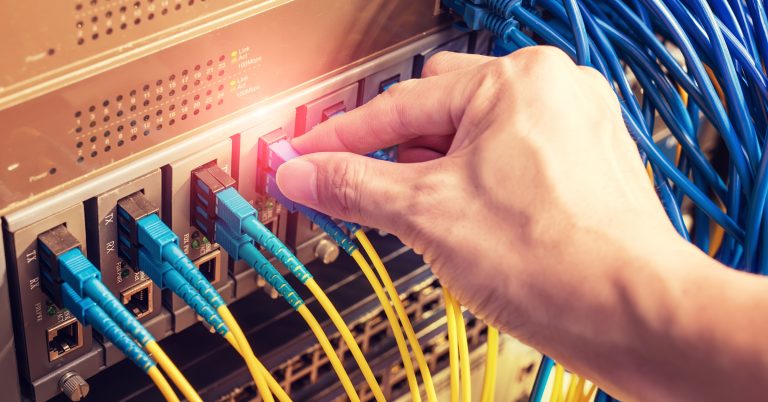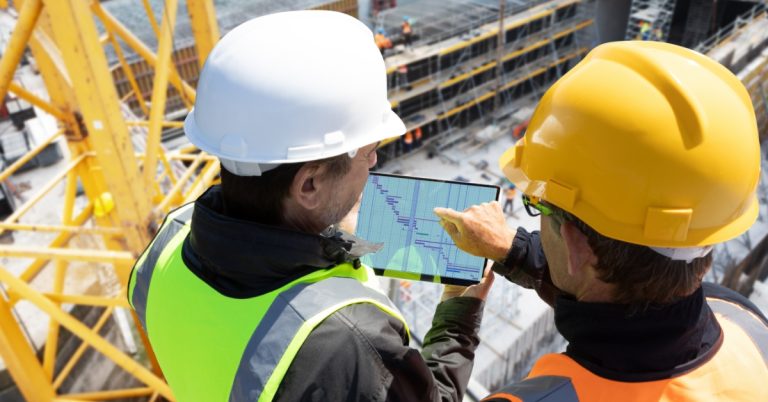According to a recent EY survey, in spite of rising prices, connectivity remains a primary need for citizens. What role does Open Fiber play?
Connectivity is a primary need for citizens, according to the recent EY survey ‘Decoding the digital home study’. The survey, conducted on 2,500 households in Italy and over 20,000 globally, analysed consumer attitudes towards technology, media and telecommunications, reporting interesting results.
How the relationship with the web is changing
90% of households in Italy have an internet connection and 84% use the fixed network to access the web. This need for connectivity is accompanied by increased awareness: due to inflation and the rising cost of living, 60% of households are driven to compare prices in order to find the best deals in terms of connectivity and digital content.
Secondly, the perception on the quality of the fixed network is increasing. Furthermore, 50% of households say they are satisfied with the value for money of content purchased from their broadband provider, up from 41% last year.
Fixed network: increasingly performance-conscious users
Consumers are also increasingly concerned about network reliability and connection performance. 29% of households claim to have experienced such problems; this percentage is still an improvement on last year (34%), but remains too high compared to the global average (26%).
Indeed, the main improvement that consumers in Italy would like from Internet providers is greater network reliability, an opinion shared by 38% of respondents. In particular, great emphasis is placed on guaranteed speed (relevant for 48% of households) and Wi-Fi coverage within the home (important for 43%).
New technologies: streaming, Smart Home and cybersecurity
The advancement of the digital transition is leading to the increasing popularity of streaming platforms at the expense of TV, thanks to the variety of content – whether films, TV series, music or children’s entertainment – that is increasingly available online in very high definition. The survey found that we are still interested in experimenting with new technologies (this was confirmed by 47% of respondents), especially if they are immersive like the metaverse.
There is also growing interest in Smart Home solutions thanks to the increased affordability of devices: more than 6 out of 10 households own at least one Smart TV, and the rest plan to buy one in the next five years. Purchasing prospects are also increasing for smart solutions for laundry, lighting and heating.
However, there is widespread concern about data security and interest in purchasing online security and privacy services has risen from 49% to 53% in the last year.
Fiber optic: a guarantee of performance and reliability
It is easy to guess the role of Open Fiber and fiber optic in this scenario: the creation of ultra-broadband infrastructure in all regions is crucial in order to meet the needs outlined above.
FTTH (Fiber to the Home) fiber optic is currently the best performing and most stable technology for ultra-broadband connectivity services. With download and upload speeds of up to 10Gbps, its performance is superior to DSL connections. Moreover, its physical characteristics make it virtually immune to leakage, even under adverse external conditions.
Smart homes and more immersive services can therefore function at their best as they are supported by a stable connection and very low latency times. Furthermore, thanks to its transmission accuracy, fast response times and compatibility with the most advanced encryption systems, fiber optic is also advantageous in terms of cybersecurity.
The ultra-fast Open Fiber connection has proven to be an enabling factor for all the analysed technological advances.






